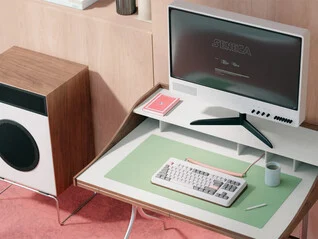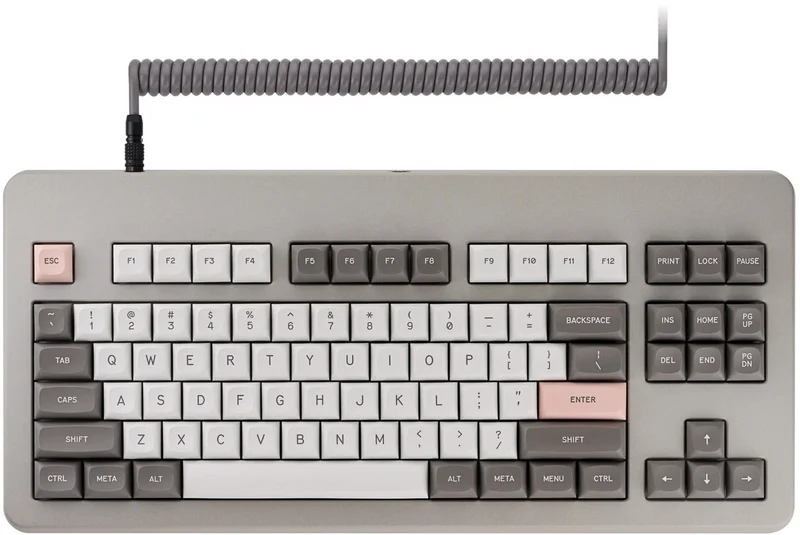Key Takeaways
1. Norbauer’s Seneca keyboard is priced at $3,600, significantly higher than typical tech accessories, including Apple’s products.
2. Founder Ryan Norbauer views the keyboard as a luxurious escape, emphasizing its extravagant nature as part of its appeal.
3. Each Seneca keyboard is meticulously crafted, with 682 custom-made parts and assembled by a single artisan for maximum quality.
4. The design blends mid-century modern aesthetics with influences from the ’80s and ’90s, reflecting a nostalgic optimism for the future.
5. While the Seneca may not be practical for most consumers, it aims to deliver an unparalleled keyboard experience for those willing to invest.
In a world where shoppers often hesitate at Apple’s $129 Magic Keyboard, luxury brand Norbauer has introduced a mechanical keyboard that completely flips the script on premium prices in tech accessories. The Seneca keyboard, debuting today, starts at a jaw-dropping price of $3,600, surpassing the cost of many high-end MacBook Pros and even Apple’s Vision Pro headset.
Founder’s Perspective
Ryan Norbauer, the founder, acknowledges the steep price might seem absurd:
“On paper, nothing about this makes any sense. It is over the top. Needlessly lavish. Exuberantly irrational. And that is the point.”
Instead of viewing the Seneca as just another typing tool, Norbauer sees it as “a sentimental escape hatch to a beautiful and better place — a world of sensual luxury, insane engineering, and forgotten visions of a glimmering future.”
Craftsmanship and Design
The astonishing price reflects an equally remarkable manufacturing process. Each keyboard takes hours of skilled labor, typically with one artisan managing the entire assembly. Every single one of the 682 parts, even the tiniest screws, is custom-made and “hyper-engineered from first principles for maximum acoustic, artistic, and tactile refinement.”
The key switches are a complete rethinking of keyboard technology. Taking cues from the elastomeric domes of capacitive keyboards that offer a “satisfying tactile snap,” the Seneca “reinvents and reengineers every component from the ground up.” The outcome is a mix that embodies “vintage character” paired with insights from what “21st-century keyboard enthusiasts have learned can make keyboards sound and feel uniquely pleasurable.”
Aesthetic Inspirations
Visually, the Seneca blends mid-century modern design features with nods to the ’80s and ’90s. Norbauer clarifies this design choice as a way to capture “nostalgic optimism for the future.”
These periods witnessed incredible leaps in aerospace, energy, computing, and communication technologies, along with a strong belief in the inevitability of cultural progress, economic growth, and liberalization. “The Seneca is my middle finger to the aesthetic homogeneity and economic over-optimization of 21st-century life,” says Ryan Norbauer.
For the majority of consumers, the Seneca will likely be a point of intrigue rather than a feasible buy. However, for those few willing to invest supercomputer-level amounts in a typing tool, Norbauer provides what could be the ultimate keyboard experience.
Source:
Link




Leave a Reply